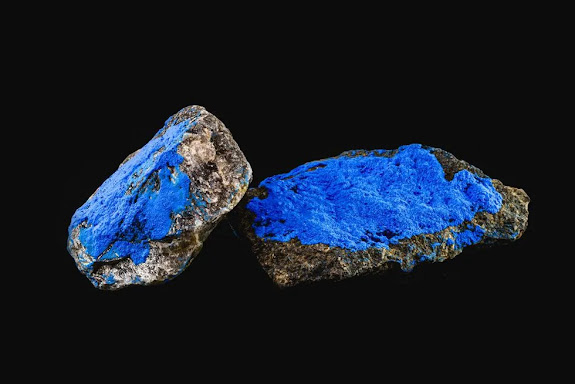Featured
ARM - The most important company in the world you probably never heard of.
ARM stands for Advanced RISC Machine, but let's be real, who cares what it stands for when you can enjoy the thrill of using devices that are powered by it? From smartphones to smartwatches, tablets to laptops, and even the Internet of Things devices, ARM chips are everywhere, and they are quietly working hard to make our lives easier.
You see, ARM chips are like the elves of the tech world. They work tirelessly behind the scenes to make sure everything runs smoothly. They don't get the credit they deserve, but without them, our devices would be as useful as a chocolate teapot.
And the best part? ARM chips are power efficient, which means they help extend the battery life of our devices. You know what that means, right? More time for Candy Crush and Instagram scrolling!
But let's not forget that ARM chips are not just about making our lives more fun and exciting. They also play a significant role in the world of business and industry. They are used in medical devices, automotive technology, and even space exploration. Who knows, maybe one day we'll discover aliens that use ARM chips in their devices too!
In conclusion, next time you pick up your smartphone or any other device, take a moment to appreciate the ARM chip inside it. It may not be as flashy as the latest iPhone, but it's the real unsung hero of the tech world. And if you're feeling extra generous, you can even give it a little pat or a high-five (just don't actually touch the chip, that could get messy).
The story of ARM chips dates back to the 1980s. At the time, the computer industry was dominated by the likes of IBM and Intel, and the processors they produced were expensive and power-hungry. But a small company in Cambridge, England, called Acorn Computers, had a different vision. Acorn wanted to create a new computer that was affordable, energy-efficient, and could be used in homes and schools. They started developing a new processor architecture, which they called the Acorn RISC Machine (ARM). The idea was to create a chip that could perform complex calculations with fewer instructions, making it faster and more power-efficient.
The first ARM chip was released in 1985, and it was an instant hit. It was used in Acorn's Archimedes computer, which was the first computer to use a graphical user interface (GUI) and was very popular in the UK education market. Over time, other companies started using the ARM architecture in their products, and the rest, as they say, is history.
Today, ARM chips are everywhere, powering billions of devices worldwide. In fact, ARM-based processors are used in more than 95% of the world's smartphones, and they are also widely used in tablets, smartwatches, and other mobile devices. They are also used in embedded systems, automotive technology, and many other applications.
In 2016, ARM was acquired by the Japanese conglomerate SoftBank Group for a whopping $32 billion. The company continues to innovate and push the boundaries of what is possible with mobile and embedded computing.
best laptopsPopular Posts
Why Silicon Valley is Called Silicon Valley
- Get link
- X
- Other Apps
COBALT - The most important element in the world, and the dark side of mining it.
- Get link
- X
- Other Apps



Comments
Post a Comment